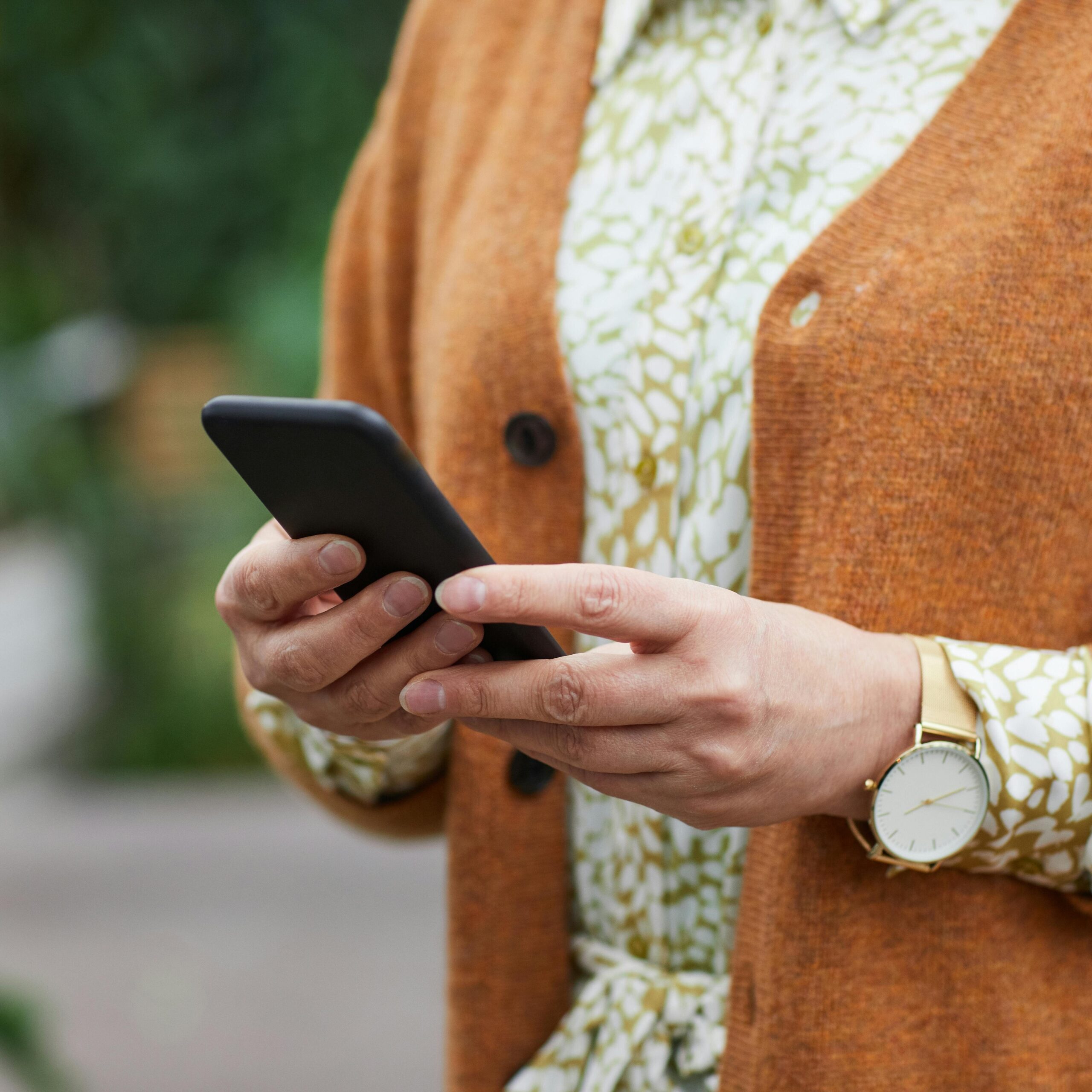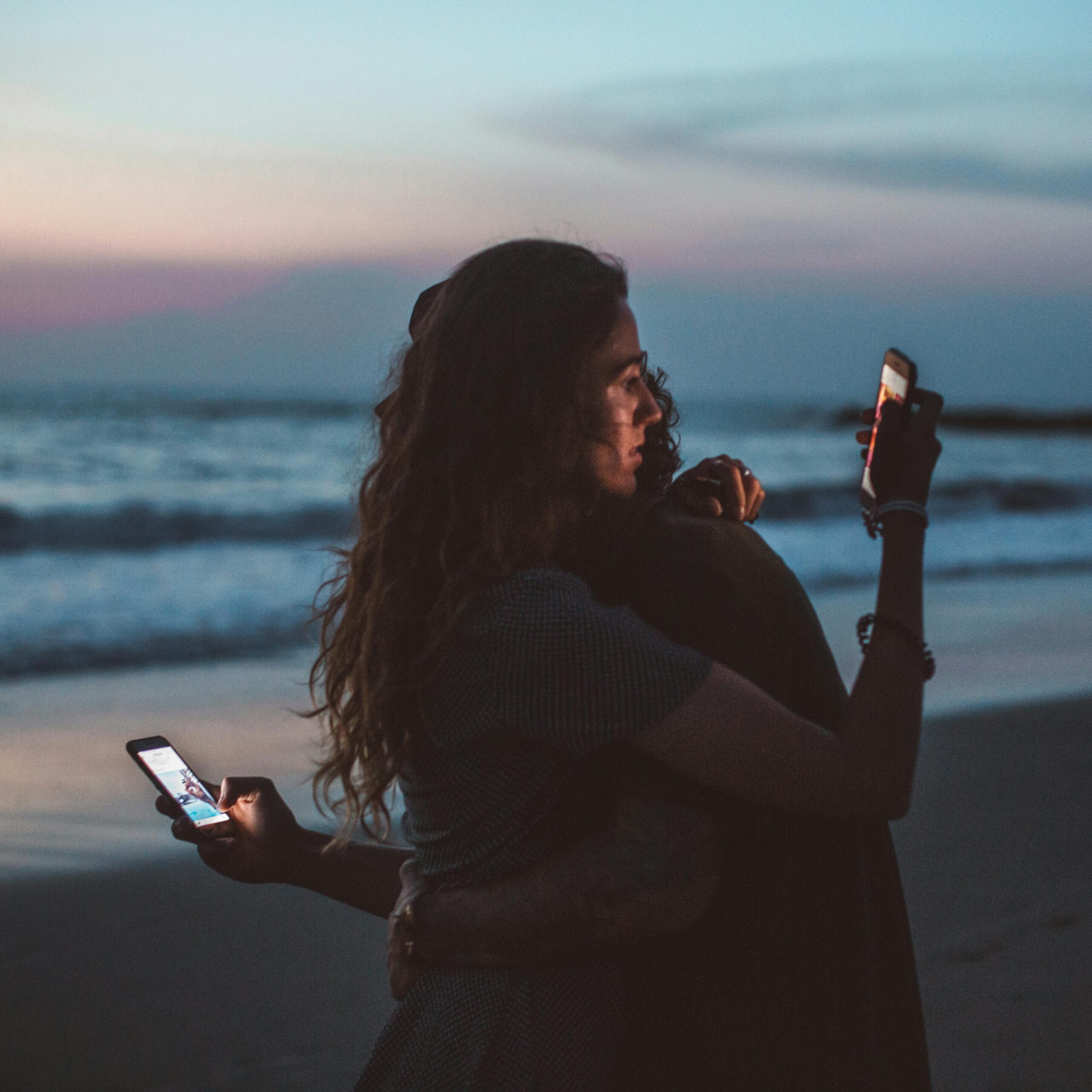The Erosion of Personal Connections in the Digital Age
Over the past two decades, we’ve seen seismic shifts in how we connect and relate to one another. The ubiquity of social media and our ability to constantly broadcast the highlights of our lives has in many ways made us more isolated and alone, despite being more “connected” than ever before.

The pandemic further exacerbated this problem of eroding real connections, forcing us into extended periods of physical isolation and making virtual interactions the default mode out of necessity. Even as restrictions lifted, for many, typical socialization patterns didn’t entirely resume. We had become accustomed to the ease and comfort of one-way parasocial connections with influencers, celebrities, or online personalities during lockdowns. Through their constant sharing, we learned intimate details about their lives, yet this was a fundamentally imbalanced dynamic without any true reciprocal relationship. I believe this began to color the virtual interaction we began having with “actual” friends, too.

Some theories for why pre-pandemic levels of in-person interaction struggled to bounce back include: Social anxiety and atrophied social skills after prolonged isolation made re-engaging face-to-face more psychologically daunting. The convenience of low-effort virtual consumption made in-person activities seem higher friction. And for some, the lack of enforced structure and routine meant old social habits didn’t re-establish themselves as easily. The lure of endless digital distraction following years of over-reliance on screens made investing effort into rebuilding real-life community a challenge as well.
This has led to what many have deemed an “epidemic of loneliness.” You may have hundreds of online friends or followers, but lack that deeper sense of understanding, acceptance and mutual vulnerability that comes with reciprocal relationships. We post cultivated glimpses of our life, yet feel increasingly isolated and disconnected. Societally, we’ve outsourced our relationships to apps, but without human touch, our connections have faltered.
So how can we combat this erosion of true interpersonal bonds?

In struggling relationships, this inability to truly see and be seen by the other person can be devastating. We become resentful that our friends don’t fully understand us based on the limited version we present online. In order to correct this we also need to make an effort to deeply know and empathize with our friends full authentic selves beyond a surface level.
On an individual level, it starts with being more present and intentional about fostering quality connections over quantity of impersonal ones. This means:
- Setting boundaries around social media use
- Scheduling real face-to-face time with friends and loved ones
- Engaging in vulnerable sharing beyond what we broadcast publicly
- Actively listening and seeking to understand others’ full selves
In relationships, it requires a wholehearted commitment to doing the hard work of building emotional intimacy.
This could look like:
- Weekly scheduled quality time to truly connect
- Asking deeper questions and sharing appreciations
- Expressing emotional needs directly rather than hoping they’ll be intuited
- Finding ways to stay connected even when your schedule is overbooked

Not every relationship may be revivable despite our efforts as some have drifted too far apart. But for bonds with the potential for renewed closeness, it’s about choosing to prioritize depth and quality of connection. At our core, we all crave to feel genuinely seen, understood and accepted for who we truly are. In this age of constant virtual posturing, we paradoxically feel more alone than ever. The antidote is to proactively nurture presence and vulnerability in our most precious relationships. That’s how we’ll find true meaning and belonging.
